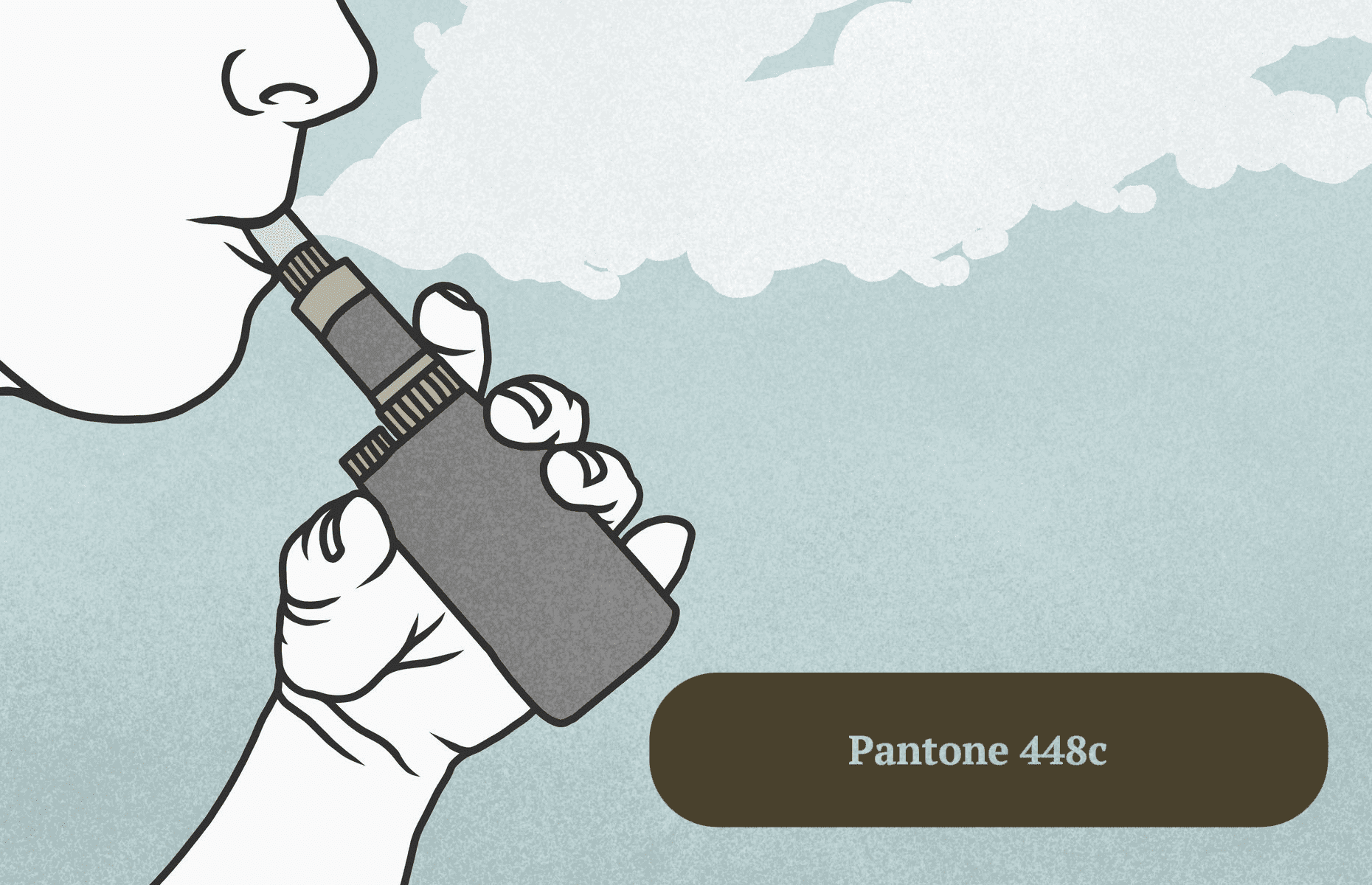Disposable nicotine e-cigarettes, also known as vapes, have been on the global market for over a decade. Their popularity has been steadily increasing across this period.
From 1 October 2021, it became illegal for Australian consumers to import products that contain nicotine liquid, including disposable nicotine vapes. However, in most countries around the world, they are still legal.
In the short term, e-cigarettes have shown that they could potentially lead to certain illnesses, such as heart diseases, lung diseases, cancer, and promote tumour development. Those illnesses have led to deaths, but these cases are very rare.
Furthermore, the presence of nicotine in vapes can cause a person who has constantly been vaping for several months to crave a smoke and suffer withdrawal symptoms if the person ignores the cravings. However, e-cigarettes’ health impacts are unknown in the long term since they have existed on the market for little over a decade. Thus, consumers should be cautious of their long term vape usage.
A substantial concern with vapes is that they act as a ‘gateway’ for tobacco cigarette usage. Vape users are more than four times more likely to start smoking cigarettes within 18 months than their peers who do not use them. An Australian study has shown that intentions, willingness, and curiosity to smoke tobacco cigarettes were higher among users of vapes than non-smokers. Furthermore, the study showed that the relationship remained statistically significant even after controlling for numerous covariates.
Even one or two puffs of a vape have the potential to increase susceptibility to tobacco cigarette smoking among individuals. A 2018 research paper found that 7 per cent of people who have ever used a vape became cigarette smokers one year later. Thus, potentially harmless use of vapes could lead to a usage of tobacco cigarettes, which has extensive research demonstrating the health consequences, including death.
One solution to the epidemic of vaping is adopting plain packaging akin to its more notorious counterpart – smoking. Weakening brand identity can reduce smoking behaviour, as demonstrated by significant quantitative research from Australia. Numerous systematic reviews of the research have concluded that cigarette plain packaging works. It does so by decreasing the appeal of cigarettes, drawing attention to the health warning labels, lowering the power of the cigarette pack as a marketing vehicle, and disrupting smoking-related attitudes and cognition.
When plain packaging was introduced in Australia, smoking rates fell by 0.55 per cent between December 2012 and September 2015. Before plain packaging, about 20 per cent of people made attempts to quit over the course of a month; after the introduction of plain packaging, that number went up to 27 per cent. Reports in the UK showed similar results regarding smokers’ attitudes towards tobacco cigarettes due to new plain packaging.
Plain packaging vapes could be implemented to prevent people from making the first couple of puffs from a vape. Increasing self-awareness can be effective at fostering negative perceptions towards using vapes. The public has the combination of naivete and temptation, believing that they won’t get addicted to vapes by taking the first couple of puffs. Plain vape packaging could help deter potential users and shake that mindset.
Colour can influence and mirror people’s emotions. It can influence customers’ feelings in regard to a brand or a product. Colours have strong emotional associations and can influence taste perception. Many people predetermine how they will perceive the flavour and taste of the product even before the vapour even hits their taste buds. Hence, tobacco companies use colours that would match the flavours of the e-cigarette. For example, mint flavour is coloured green; strawberry is coloured red, and so on.
Research shows that bright, intense and saturated coloured packages were judged as more attractive. Tobacco companies use this psychological technique in vape design to attract more buyers. According to research on colour perceptions, the most unappealing colour for smokers was Pantone 448c – an off-green (see featured image). If regulators enforced a colour change to Pantone 448c and the removal of fruit imagery from the vape packaging, they could prevent many from trying a vape.
In summary, vaping can result in tobacco cigarette smoking, which causes illnesses and deaths. Therefore, a change of packaging would nudge consumers’ behaviour and prevent them from buying the product. Changing the colour of vapes and removal of fruit imagery from the packaging would result in a reduction of vape use by approximately 77,000 people a year globally by preventing the public from buying their first vape. Hence, this intervention would result in a reduction of tobacco cigarette users by approximately 5,400 people based on the 7 per cent conversion rate from vaper to smoker. This would significantly reduce the number of illnesses and deaths associated with smoking cigarettes. Overall, this straightforward intervention could save 3600 lives per year globally. Regulators should pay attention.





